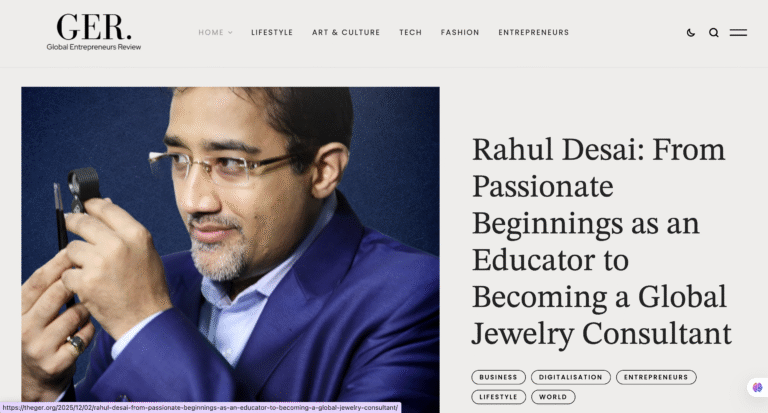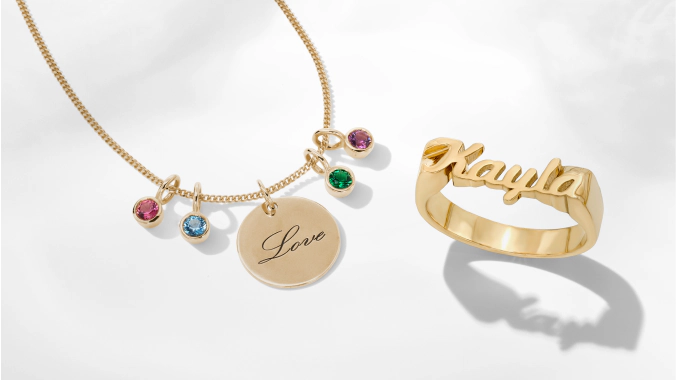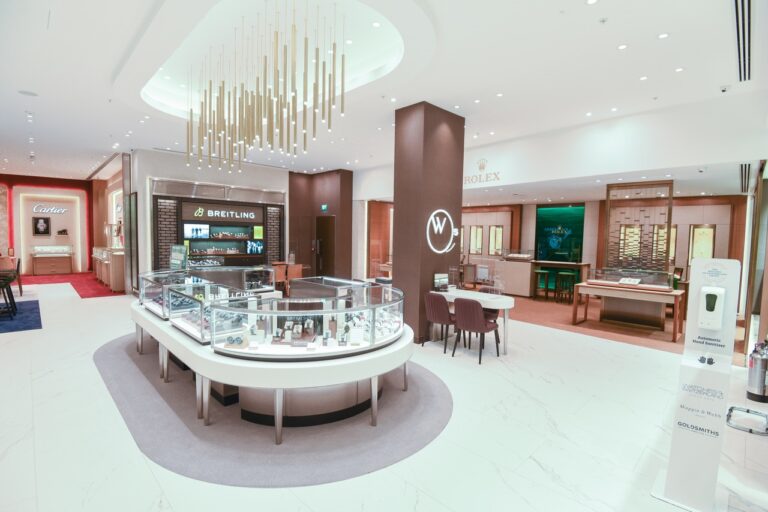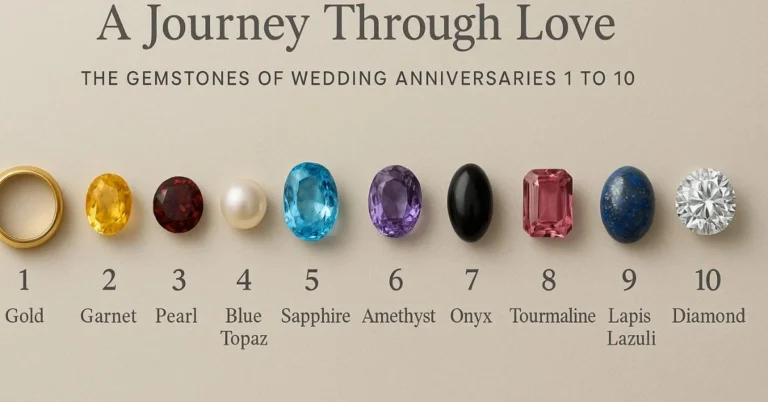No products in the cart.
India’s gems and jewellery (G&J) industry is likely to be one of the worst-hit sectors if US President Donald Trump imposes a tariff hike.

I am privileged to present my research on the U.S. tariff plans and their potential impact on India’s gems and jewellery sector.
We all know that the United States has long been our largest export partner, accounting for a significant portion of our $8.3 billion exports in FY25. But today, we find ourselves at a critical juncture. The potential increase in tariffs is more than just a policy shift—it’s a direct challenge to our industry’s competitiveness, market stability, and future growth.

India’s gems and jewellery (G&J) industry is likely to be one of the worst-hit sectors if US President Donald Trump imposes a tariff hike.
Let’s take a moment to reflect on where we stand.
Over the last five financial years, our exports to the U.S. have fluctuated, peaking at $14.6 billion in FY22, before declining to $9.9 billion in FY24. At the same time, our imports from the U.S. have nearly halved, from $7.6 billion in FY23 to just $4.7 billion in FY25 (April–January).
What does this tell us? That our trade relationship with the U.S. is deeply interwoven. Any disruption, especially one as significant as tariff hikes, has a domino effect across the entire supply chain.
The U.S. has recently imposed a 24% tariff on Indian gems and jewellery imports, a steep increase from the previous 3.17% average tariff. This move is expected to have a major impact on India’s $8.3 billion jewellery exports to the U.S., which has long been the industry’s largest market. Higher tariffs will increase costs for American buyers, making Indian diamonds and jewellery less competitive compared to exports from Thailand, Vietnam, and China. Small and mid-sized manufacturers in Surat, Mumbai, and Jaipur—who operate on lower margins—will be hit the hardest, as they may struggle to absorb the added costs. The U.S. retail market, especially independent jewellery stores, could see price hikes and lower demand, further straining the already slow-moving luxury sector. In response, Indian exporters may look toward alternative markets like the UAE, EU, and Southeast Asia, while policy interventions from the Indian government and trade bodies like GJEPC will be critical in negotiating tariff relief.
Currently, there’s already a clear imbalance in tariff structures:
🔹 India imposes 8.63% tariffs on U.S. imports,
🔹 While the U.S. levies only 3.17% on Indian exports.



If additional tariffs are introduced, the consequences will be far-reaching—not just for manufacturers, exporters, and retailers, but for the millions of artisans and MSMEs that form the backbone of this industry.
🔹 Higher tariffs mean higher costs for U.S. buyers, making Indian exports less competitive against Thailand, Vietnam, Korea, and Hong Kong.
🔹 This could lead to a decline in demand for Indian jewellery and loose diamonds, impacting both retail and wholesale businesses.
🔹 Surat, Mumbai, and Jaipur—our industry’s key hubs—will bear the brunt, as small & mid-sized manufacturers operate on lower margins.
🔹 If orders from U.S. buyers start declining, businesses may be forced to explore alternative markets, but shifting overnight is not easy.
🔹 The industry is heavily reliant on skilled artisans and MSMEs, and any disruption will directly affect employment—especially for those from economically weaker sections, including a significant number of women.
🔹 The increased tariffs might force manufacturers to rethink trade routes or even shift production offshore to avoid excessive costs.
🔹 However, India currently holds a dominant position in the U.S. market, with:
✅ 45.09% market share in cut and polished diamonds
✅ 24.61% market share in gold jewellery
✅ 92.17% market share in worked lab-grown stones
Will we be able to maintain this dominance if tariffs tighten our margins? That’s the real question.
🔹 Some exporters may turn towards markets like the UAE, EU, and Southeast Asia to diversify risks.
🔹 The India-UAE CEPA agreement already offers duty-free benefits, making it a viable alternative.
🔹 But let’s be clear—policy intervention from GJEPC and the Indian government is crucial.
Can we negotiate tariff relaxations?
Can we strike a new trade deal with the U.S.?
These are questions that require immediate, strategic action.
🔹 India is a powerhouse in lab-grown diamond production, but China is catching up fast. If tariffs increase, U.S. buyers may turn to Chinese producers, weakening our position.
🔹 At the same time, natural diamond exports will take a hit, impacting Surat’s cutting and polishing industry—one of the world’s largest.
🔹 If high tariffs persist, Indian companies may need to set up production units in free-trade zones overseas.
🔹 We may also see more joint ventures and collaborations with U.S. brands to overcome trade barriers.



Our industry has already voiced concerns over U.S. reciprocal tariffs, and I truly trust our government’s proactive stance on the matter. With Hon’ble Prime Minister Shri Narendra Modi and Hon’ble Commerce & Industry Minister Shri Piyush Goyal actively engaging in trade discussions, I am confident that a resolution will be reached to protect India’s gem and jewellery exports.
But this isn’t just about economics—it’s about preserving the livelihood of millions who depend on this industry.
As the U.S. pushes for “trade fairness,” we must brace for challenges ahead. The key to survival? Adaptability, resilience, and strategic action.
The Indian gem and jewellery industry is not just a business sector—it’s a legacy, a craft, a lifeline. And losing market share to competitors isn’t an option we should accept.



As someone who has spent years studying, teaching, and shaping strategies for the gem and jewellery sector, I see this moment as a turning point.
Yes, challenges lie ahead. But challenges also bring opportunities.
Our industry has always thrived on innovation, craftsmanship, and resilience. And while the tariff war poses immediate threats, it also presents a chance to diversify, innovate, and redefine our global strategy.
This is our time to collaborate, negotiate, and act decisively. Let’s ensure that **India continues to lead the world in gems and jewellery—**not just in volume, but in value, impact, and legacy.



Thank you.






Not a member yet? Register now
Are you a member? Login now